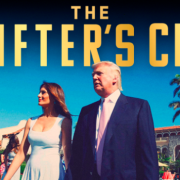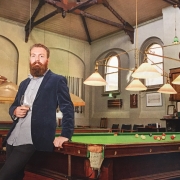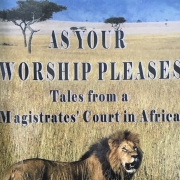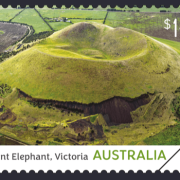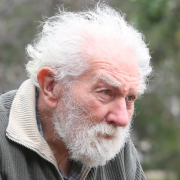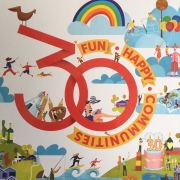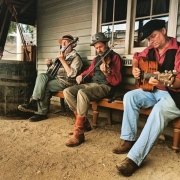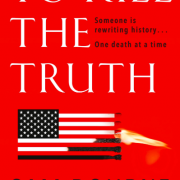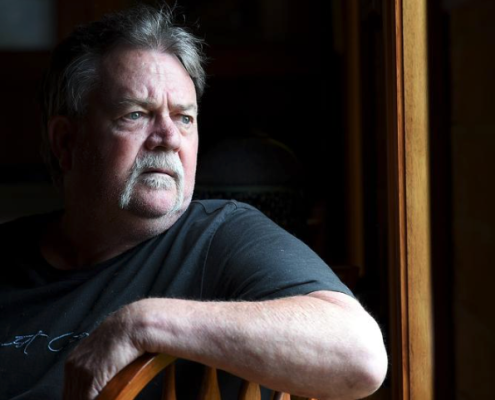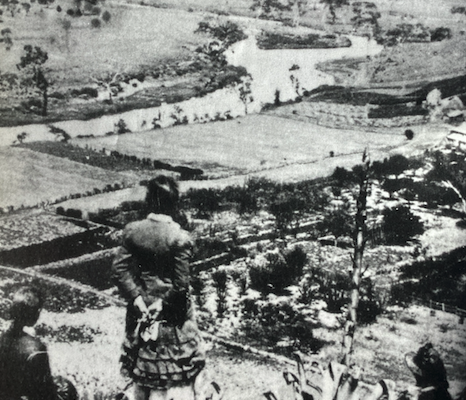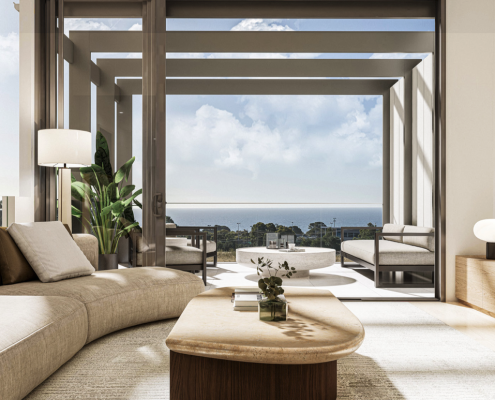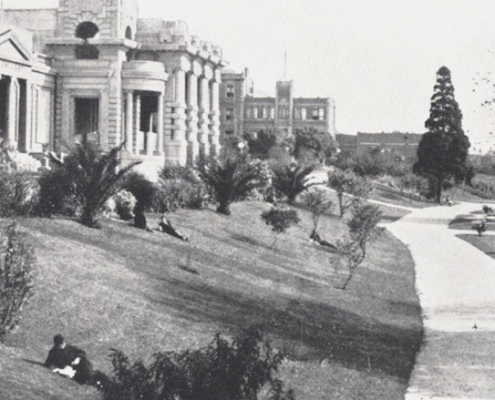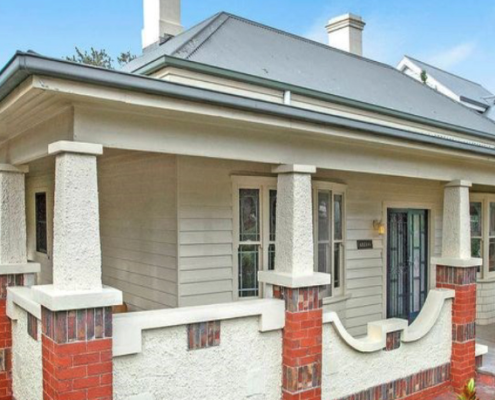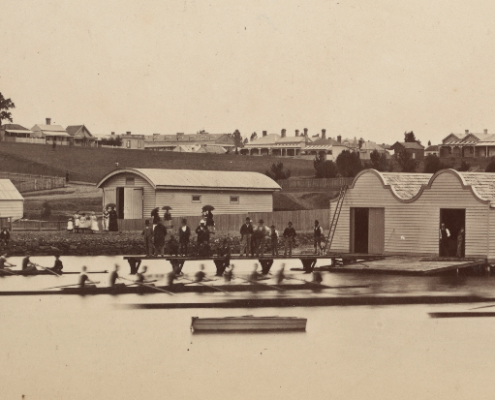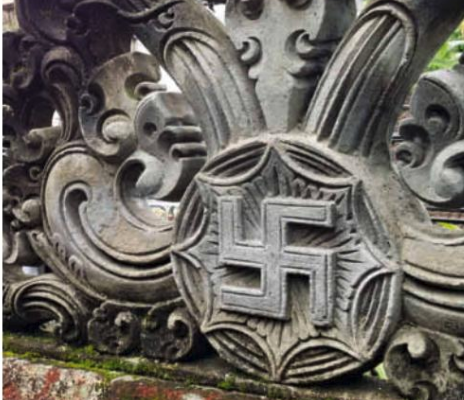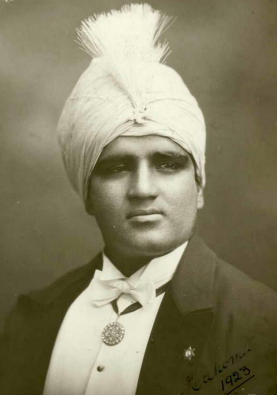Grift to the mill at Mar-a-Lago
THE GRIFTERS’ CLUB: By Sarah Blaskey, Nicholas Nehamas, Caitlin Ostroff, Jay Weaver; Hachette
Good word, grifter. Not really an Australian word, more a Yankee thing but it pretty much lines up with our con artist: a person who engages in petty or small-scale swindling.
Thing about this book is there’s nothing really all that small, petty sure, and cheap but it’s more about some fairly sizeable swindling.
Ground zero is Donald Trump’s Mar-a-Lago Club in South Florida’s Palm Beach, a swanky to the point of chintzy mansion built a century ago by cereal magnate/philanthropist Marjorie Merriweather Post.
Any vestige of philanthropy it might have has long ago vacated the premises, as Trump’s low-wage largely immigrant staff might attest, if they’re game enough.
Cheap and chiselling is order of the day at Mar-a-Lago, behind its opulence and saccharine swish icing. That’s according to this account by four Miami Herald reporters who go to painstaking efforts to footnote every weird and wonderful account they offer of Trump’s briar patch stomping ground.
This means 50 pages of reference notes for 190 pages of mischief and mayhem. It also means they don’t want to be accused of writing fake news. I suspect it will guarantee it.
Hucksters, sycophants and entrepreneurs seem to be the stock in trade at Mar-a-Lago – what we’d call rip-off merchants, suck-holes and desperate wannabes.
Trump is like a shining beacon to them. They want to bask in his carotene glow, garner some of his success by proximity, borrow on his ubiquitous auriferous brand. And pose for selfies.
It’s the American way. He’s top of the heap. A number one.
Ironically, it’s also what happens when you drain the South Florida swamp, which is just what Hamilton Disston did to The Everglades back in the 1880s. This was smartly followed by miles and miles of new railroad and trainloads of northern holidaymakers.
“ … it’s safe to say Mar-a-Lago became the palace of the swamp creatures quite early,” write authors Blaskey, Ostroff, Nehamas and Weaver. You can almost hear them chortling at that one.
“At her lavish estate, which took a staff of seventy to run, Post entertained politicians, lawyers and businessmen who were crafting the industrial capitalism of the twentieth-century American state.”
Post hosted tycoons, moguls, movie stars, European aristocrats, all sorts of dignitaries, Ringling Brothers, Barnum & Bailey. The old bootlegger Joe Kennedy, father of JFK, lived next door.
After Post’s death in 1973, the property languished. She bequeathed it to the federal government, who found it too expensive to maintain and gave it back to the Post Foundation.
It went up for sale and Trump, sniffing something special, stepped in. He called it an old beat-up, over-grown Rembrandt and before you knew it, the circus was back in town, with all its schmick carnies. The quiet, old-money neighbours weren’t impressed.
Trump didn’t waste time drawing folks to his gilded country club and helping them part with their money. Staff memorised members names and faces and treated them like royalty. Guests knocked the door down for expensive tickets to charity galas, upper-crust balls, flash parties with pretty girls and celebrities.
Loads of nouveau riche stuff, even as Trump’s casinos elsewhere were sliding toward bankruptcy. The neighbours shook their heads, appalled “this man whose parents didn’t come over on the Mayflower took over Mar-a-Lago and was going to get in anybody who could afford it”.
Trump’s ancestral family business dealings aren’t much to recommend him but that’s another story. At Mar-a-Lago, he was entertaining the monied multitudes including the likes of Billy Joel, Paul Anka, Tony Bennett, Don King, Simon Cowell, Heidi Klum, Barbara Walters, even a certain Epstein for a while.
Early in the piece, he claimed Princes Charles, Princess Diana and Henry Kissinger were members. They weren’t. Still, the Clintons were, and deposed Greek king Constantine, the Beach Boys, football and basketball stars, models in their hundreds – and wealthy Jews and African Americans that other Palm Beach snobbish, racist clubs wouldn’t admit.
Trump’s reputation for racism seemed to dissolve where money was involved. “Palm Beach is very much changing for the better,” he said, tongue planted firmly in his cheek.
By the time Trump became US president, his status among the greenback garrison of Palm Beach was bordering on god-like. And he loved them back. To the point of championing their interests well ahead of more traditional constituent interests.
Nepotism, cronyism and corruption in liberal measure are par for the course at Mar-a-Lago, our authors report. Lack of security, poor property maintenance, unhygienic kitchens and food, too. Trump’s a serious cheapskate when it comes to the things you can’t see.
Trump’s rejection of presidential-level security regularly has the Secret Service in conniptions but the idea is to keep the place open for members, and their guests, and access always within at least a theoretical reach.
Trump’s generous with his nods, smiles, light-hearted asides and photo ops – aware of what they mean for Mar-a-Lago’s business and also for his members and their business connections.
He’s selling influence, or purported influence, and it’s a red-hot commodity. So much so, in fact, that rackets have been sprung up with Chinese spielers flogging $20,000 travel packages overseas on the pretext of meeting the great orange at a Mar-a-Lago gala or conference. They charge in the order of $60K for pictures with the Don.
Lobbyists and business networkers have arranged meetings and links through Mar-a-Lago. Trump himself brings overseas leaders to Mar-a-Lago ahead of the White House – China’s Xi Jinping and Japan’s Shinzo Abe, for instance – then sends the taxpayer the bill. Nice little earner, that one.
Fall on the wrong side of Trump’s Mar-a-Lago mates, however, and you can find yourself out of work. Like Veteran Affairs secretary David Shulkin, elevated to his post after meeting Trump and Marvel boss Ike Perlmutter and a Palm Beach doctor, Bruce Moskowitz – then demoted just as smartly when he didn’t play ball as they dictated.
So the White House has effectively been moved south. Political advice comes as much from the barflies at Mar-a-Lago as public servants. Buy a membership, if you can, and you can find yourself in the POTUS club.
It’s all about jobs for the boys, with the best obsequious or cashed-up courtiers whispering in the king’s ear – and receiving a solid hearing. Trump doesn’t read, remember, so it’s really all about what he wants to hear.
Oh yeah, this is a bloke who thinks his head belongs with the Mount Rushmore collection. He must have rocks in it.

